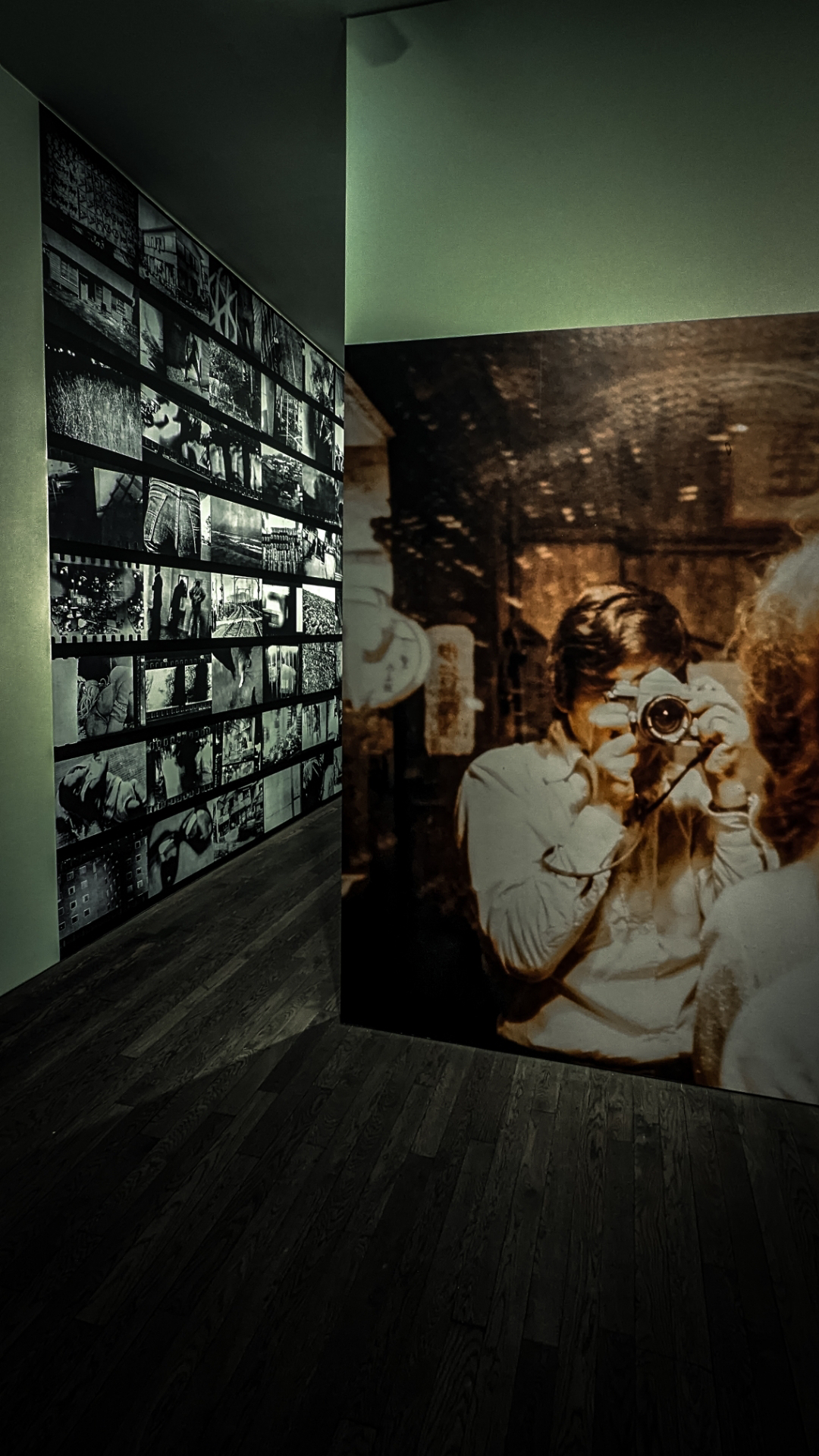I recently had the opportunity to visit the Daido Moriyama: A Retrospective exhibition at The Photographers' Gallery in London. Moriyama is one of the most celebrated street photographers of all time, and this exhibition was the first major retrospective of his work in the UK.
The exhibition featured over 200 works from across Moriyama's career, including early work in magazines and book publishing, his interests in the American occupation and photorealism, as well as Moriyama's self-reflexive photographs from the 1980s and 1990s.
Moriyama's photography is characterized by its high contrast, grainy black-and-white images, and its often chaotic and claustrophobic compositions. He is known for his intimate and unguarded portraits of strangers, as well as his street scenes that capture the energy and dynamism of urban life.
One of the things that struck me most about the exhibition was the sheer diversity of Moriyama's work. He is a master of many different styles, and his photography is constantly evolving. From his early, more journalistic work to his later, more experimental pieces, Moriyama is always pushing the boundaries of what is possible with photography.
Another thing that I appreciated about the exhibition was the way it was curated. The works were arranged in a thematic way, which helped to highlight the different aspects of Moriyama's photography. For example, one section of the exhibition focused on his use of high contrast and grain, while another section focused on his close-up portraits of strangers.
Overall, I found the Daido Moriyama: A Retrospective exhibition to be an incredibly rewarding experience. It was a great opportunity to see the work of one of the most important photographers of our time, and it gave me a new appreciation for his range and versatility.
Here are some of my specific thoughts on some of the individual works that I saw in the exhibition: Stray Dog (1971): This iconic photograph is one of Moriyama's most famous works. It depicts a stray dog running down a busy street in Tokyo. The image is grainy and high-contrast, and the dog's face is obscured by its own fur. The photograph is both haunting and poetic, and it perfectly captures the sense of alienation and anonymity that can be felt in big cities.
Record (1972): This photograph is part of a series that Moriyama took of people listening to music on headphones. The image shows a young woman standing on a street corner, her face hidden behind a pair of headphones. The photograph is both intimate and voyeuristic, and it captures the feeling of being lost in one's own world in the midst of a crowd.
Tokyo (1974): This photograph is a classic example of Moriyama's street photography. It depicts a crowded street in Tokyo, with people walking in all directions. The image is grainy and high-contrast, and the people are blurred and fragmented. The photograph captures the energy and chaos of urban life, and it is a powerful testament to Moriyama's skill as a photographer.
Provoke (1968-1970): This magazine was co-founded by Moriyama, and it played a major role in the development of Japanese photography in the 1960s and 1970s. The magazine was known for its experimental and avant-garde approach to photography, and it featured work by many of the most important photographers of the era. The exhibition included a selection of photographs from Provoke, which gave visitors a glimpse into this important period in Japanese photography.





.png)








